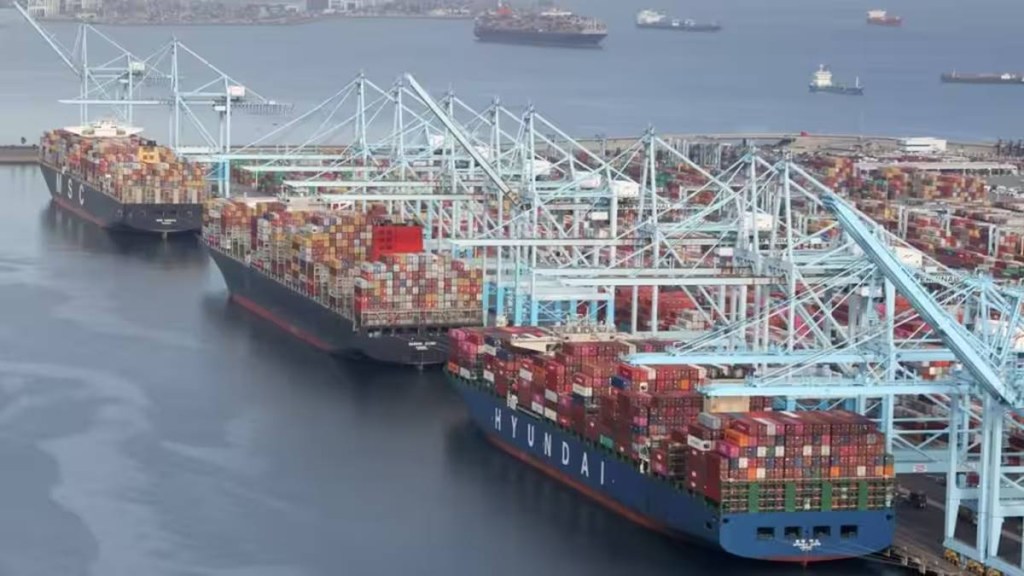India is the World’s 10th top destinations for Foreign Direct Investment. While the Economic Survey emphasises that there is no dip in interest for India, flows to India have declined. For FY24, it is at $26.5 billion in FY24 from $42 billion in FY23. The Economic Survey maintains that this is a global phenomenon. The Finance Minister announced several proposals in the Budget in a bid to shore up investments. But can they power up investments enough for India to pip China in becoming a key investment destination?
Rajan Navani, National Chair, CII India@100 Council believed that comparing India to China is not fair but “India needs to build its own path and journey. We have to accelerate FDI since the numbers have decreased.” The question then is how and where – Here are the four key things that India can aspire to establish to catch the FDI Express.
What India needs to shore up investment?
- Execution is important: Highlighting the Budget announcement reducing tax for foreign companies to 35% from 40%, Navani said the reduction of corporate tax on foreign companies is a very good directional move, “showing that we may move towards a globally acceptable tax rate of 18 to 25%. Easing many regulations for foreign companies is also important for improving the ease of doing business in India. While the Budget is often about numbers, how well these policies are executed on the ground impacts foreign companies significantly, and we need to ensure that happens.”
According to him, the triggers for India are very different and one needs to look at India-centric solutions to enable sustained flow of funds. - MSMEs the big opportunity basket: Navani pointed out that unlike China and US, not many Indian companies are there in the list of the top 100 globally. Instead the opportunity for India lies in, “FDI money coming into MSMEs or MSMEs partnering with large companies entering India presents a big opportunity for India. India will have large emerging companies from the MSME sector. Optimizing employability, leveraging cost differentials, etc., can be beneficial.”
- Focus on emerging tech: This definitely brings the question to what’s the kind of business that can help attract more foreign flows? According to him, as a country, “we have to strategically think about deep tech. We always talk about critical and emerging technologies, which are huge discussions at the Quad and in bilateral discussions. Critical and emerging technologies impact everything, like the cybersecurity outage that affected airlines globally. These are real-life situations, and we cannot look at ourselves as a country without investing deeply and heavily in these areas.” He is of the opinion that “long-term FDI into India, particularly led through manufacturing, is something we should focus sharply on as a country. We need to work toward India becoming a product IP-led country, which we are seeing in many of our sectors, especially in video gaming and new-age wellness, where we are looking at investments from foreign strategic and financial investors.”
- Need to go digital and green: The need of the hour is that “India needs to create bold areas in the global or virtual space to enable large economic transactions and flow,” he explained. Navani added that “that India’s unlocking story will largely come through both digital and green initiatives. The digital public infrastructure story that India has put out can become a global story when it comes to countries adopting digital public infrastructure for their citizens.”
He reiterated that R&D is the core for growth. Going forward, he sees India setting “the standards and lead the world in many emerging technologies.”

